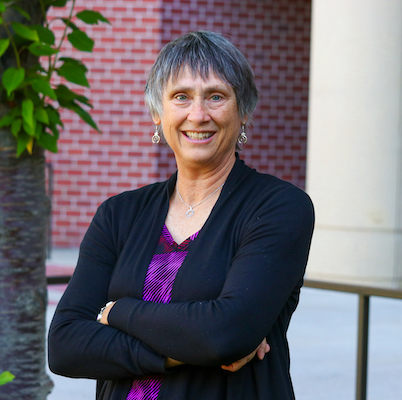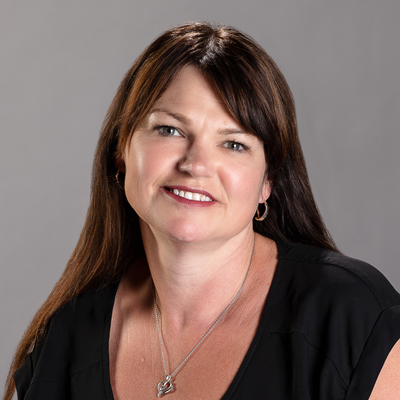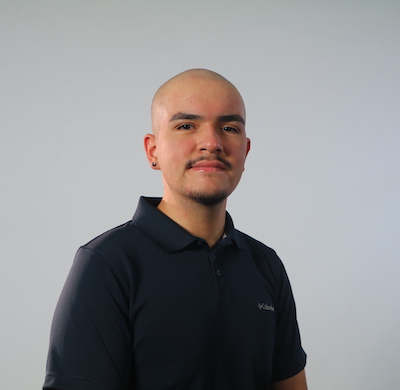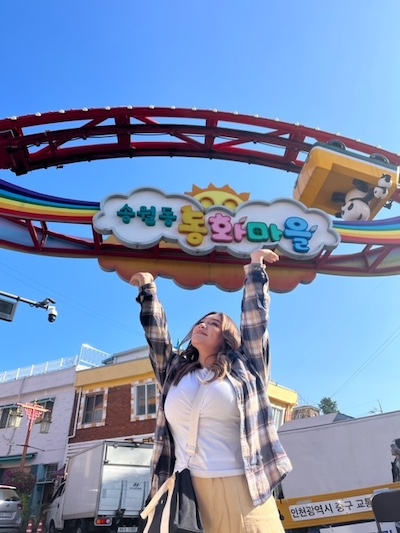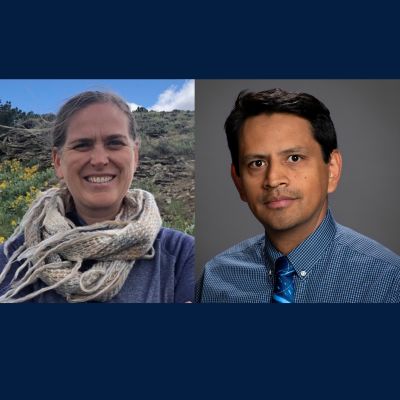Supporting gay boys in school and beyond
Lynda Wiest, Ph.D., professor of education and chair of the Department of Educational Studies at the University, discusses how society can better support gay boys to create a more accepting world for all
Everyone wants to be accepted for who they are. Unfortunately, we live in a society that privileges some identity groups over others. Providing some targeted attention to minoritized groups can help build communities in and beyond school that feel safe for all students. One group that has not received sufficient attention is gay boys.
Gay boys have been shown to disproportionately experience discrimination and bullying. While this post focuses mostly on K-12 settings, it makes sense to assume some experiences are also relevant to college. Teachers, parents, peers, community members, and many others are key players that can have a positive or negative influence on gay boys.
The circles in which gay boys move about, especially wider ones such as school and society at large, tend to be heteronormative, meaning they are marked by a presumption that boys are masculine and are attracted to girls. This can be damaging by diminishing gay boys’ self-acceptance, social standing, and feelings of safety, which can in turn negatively influence academic engagement and performance and lead to self-destructive behaviors. Boys in general are “policed” to a greater degree than girls in terms of adherence to narrow stereotypes. Trying to fit constrictive expectations is exhausting and distracting.
Some recent research, however, found that gay boys on the whole had higher academic achievement and educational attainment than other identity groups. One speculation is that lack of conformity to male stereotypes allows some gay boys to further resist notions that boys and men should reject schooling, which is otherwise evidenced by the fact that boys earn lower grades in school than girls and are less likely to earn a college degree.
The environments of some academic subjects are more welcoming to gay boys than others. For example, high school students rate history/social studies and English/language arts as being more welcoming than the STEM (science, technology, engineering, and mathematics) disciplines, although specific disciplines within STEM can vary. At the college level, STEM fields with more women and a broader range of identities, such as biology and food science and nutrition, have been shown to be more supportive.
The concept of intersectionality must also be considered within the broad identity group of gay boys. For example, how does race intersect with sexuality? In other words, how might the experiences of a White gay boy compare with that of a Black gay boy? How might social class intersect with sexuality? Religious and spiritual beliefs?
We can work across academic, familial, societal, and other communities to support gay boys inside and outside of school. Support for any group tends to be noticed by others and make everyone feel safe and included. One support strategy that can be used by relevant individuals (e.g., legislators and school staff) is to establish and enforce legislation and policies designed to explicitly safeguard all students. Another is to build awareness and knowledge, something everyone can do by attending informational sessions, reading, participating in groups and experiences that expand thinking, and so forth. It is incumbent upon school principals to provide this to staff, but parents, religious and community group leaders, and others can take this on as well.
Inclusion and acceptance can further be signaled by incorporating information about gay people and inclusive language into school curricula and various types of discussions in and out of school, as well as intentionally exposing youth to diverse people across settings. Messages these efforts send can encourage youth to speak to adults more openly, which is an important starting point for addressing potential concerns. Finally, creating supportive school and community groups, such as Genders and Sexualities Alliances, can be a crucial resource for young people to find safe havens.
All youth need support from various factions of society. This post is a call to include gay boys in our efforts to create a more accepting world for everyone.
About the author
Lynda Wiest, Ph.D. is a professor of education and Chair of the Department of Educational Studies at the University of Nevada, Reno. She earned her doctorate at Indiana University Bloomington in 1996. She specializes in mathematics education, educational equity (especially in relation to gender, sexuality, and STEM), and teacher education.

